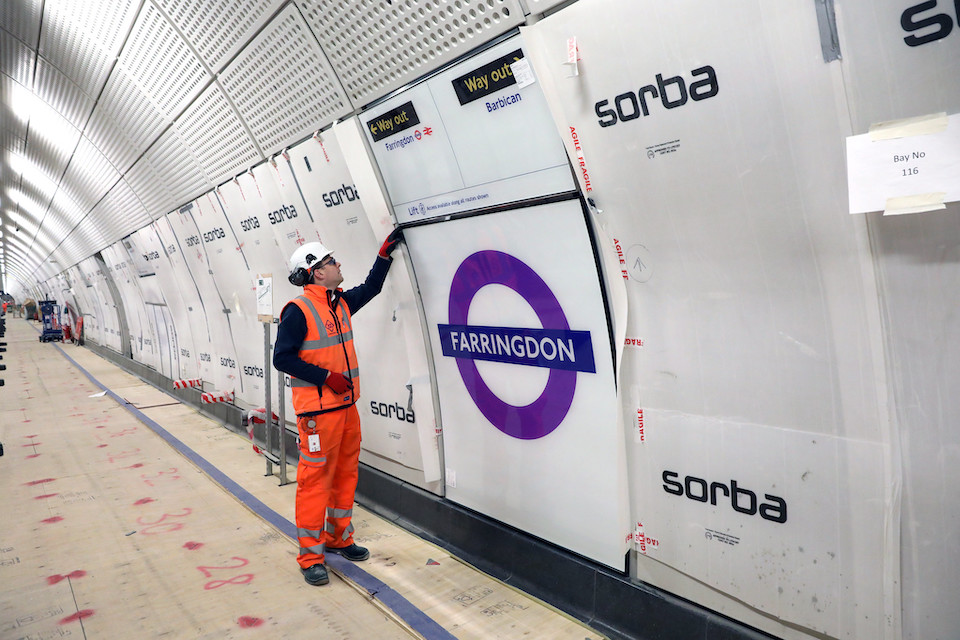The train finally arriving on 24 May is the first Elizabeth Line train

After delay upon delay, London is finally getting its new crossrail service, in less than three weeks from today. On 24 May, the long-awaited Elizabeth Line will begin revenue-earning service beneath the streets of London, taking passengers through the complicated and expensive central tunnel sections. News of the opening was widely anticipated after works ramped up to get the project ready in time for the Queen’s Platinum Jubilee celebrations in June.
Want to read more?
You have read all of your free premium articles for this month. Please become a subscriber to keep reading.
Subscribe now!
Take advantage of our exclusive offer to get full access to all premium content.





Please explain the contradiction between
“the central tunnel section … directly connects to suburban and regional lines that previously terminated at Liverpool Street” and
“passengers travelling between Reading or Heathrow into London will need to change at Paddington for services into the central section of the route”!?